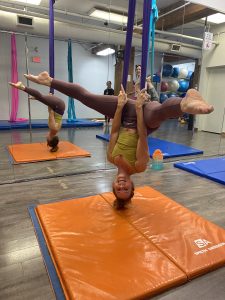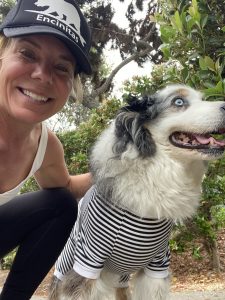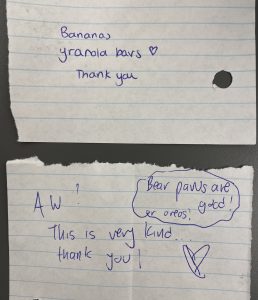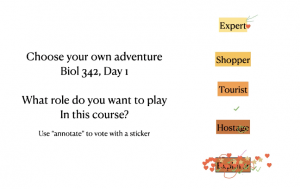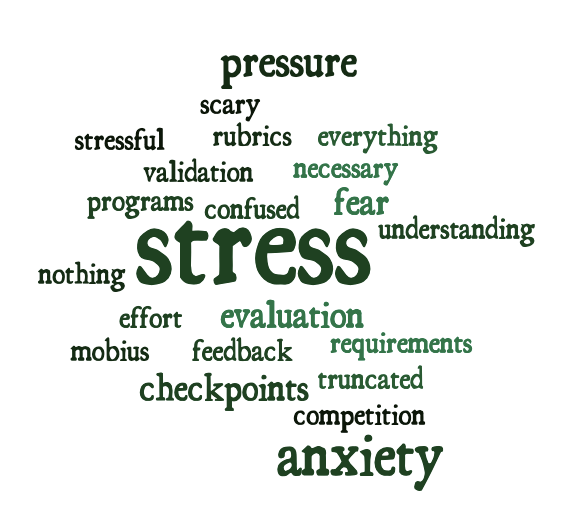I have 2 full years of completely ungrading my 3rd year lab course, so I’ll start by saying I do feel like I can pull this off. However, I also do not underestimate the (fun and amazing) challenge of 1st year, nor do I forget the daunting un-doing of confidence that happens every October when our 1st year students go through their first round of midterms. Those of us in the biz of 1st year dread October because we know what’s coming. It is this, primarily, that I hope to usurp with ungrading in first year.
(If you are not from UBC, here’s some context: In the Faculty of Science, our first year students come in with high school averages well over 90%. Our incoming average is typically 95-97%. So every student sitting in a first year seat in our faculty is an excellent student, has been rewarded for whatever strategies they know work for them, and often define themselves this way. When midterms come back, the average is no longer 90% – not even close. Some first year courses see averages in the 70s, some as low as the 50s, depending on the year and the individual course. You can imagine how this might be traumatizing).
My plan comes in 2 parts, drawing from experience I have gained, and from advice from my amazing alternative grading colleagues. I also always try to uncomplicate things – so I hope it is simple. (There is nothing I hate worse than a spreadsheet with too many columns of trivial stuff.)
Part 1: Formative Fridays. (I need a better name). On 10 (of 13) Fridays, students will answer 1 problem based on the curriculum of that week. (This may happen on Mondays, from the curriculum of the previous week, but you get the idea). These problems will not be graded with points, but will instead by tiered (following Dr. Lindsay Masland’s tiered feedback protocol ). A student could earn a ✅ emoji, signifying that the student has mastered that concept and can move along. (Mastered does not mean perfect. Minor errors like arithmetic or minor vocabulary are ok). They could also earn a ❤️ emoji, which means that they are on their way, but have not mastered this concept – there are some errors that need addressing. If a student is nowhere near mastering a concept, they will earn a ☕️, emoji. There will be 3 weeks of designated Formative Fridays where students get no new problem, but can instead re-try a previous week (different problem, same concept) to improve their emoji. From here, this portion will be contractual – ie/ “If you earn a total of 8 or more ✅, you will receive an A for this portion of the course”. This portion will be about 75% of their mark.
Part 2: This will combine personalized learning, self-assessment, and a creativity project. At the start of the term, each student will choose 1 individual tree to study all term. Each week they will blog (or post on the discussion board?) relating their tree to the curriculum of the week following a broad prompt. For example, when we study food webs, the prompt could be “How does your tree fit into a food web of the immediate biological community?“. From here, a student can be pointy or broad in their answer. They could focus in on one interaction and trace how much energy is going into a specific population of herbivores, or they could broadly estimate if their tree is a net carbon sink. The term project will be to combine all of their tree posts into a creativity project – some sort of story of their tree. The “final exam” would be a more directed version of the self-assessment that I use in the third year course. (Based on the cummulative project, students will be lead through each week and asked to justify their engagement with and mastery of the particular curricular items.) This will be about 25% of their mark. (Note: If a student does not have easy regular access to a tree, I do have a backup accessibility plan.)
As always – I appreciate any hot tips, suggestions, and feedback! Thank you for reading.
